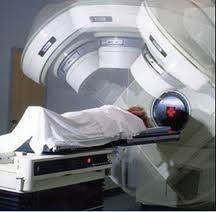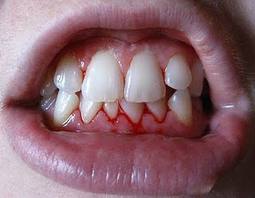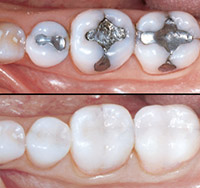Â
Radiotherapy is one of 3 treatment options that can be used to treat tumours, the other 2 being surgical removal and chemotherapy. Sometimes these therapies are used in combination with each other. There are many structures in the head and neck, therefore radiation to the head and neck area (could be due to oral, nose, skin etc cancers) can cause a multitude of complications as listed below: Continue reading




